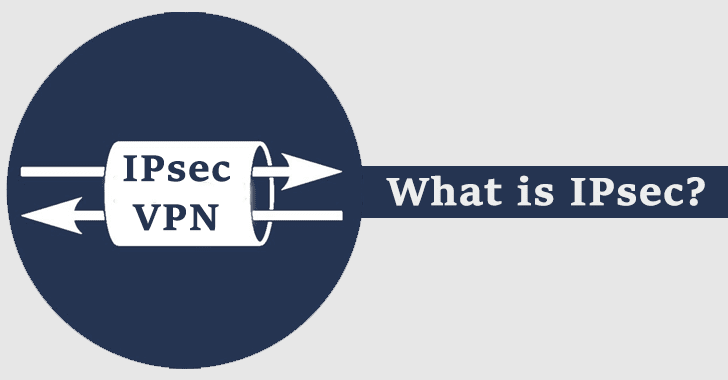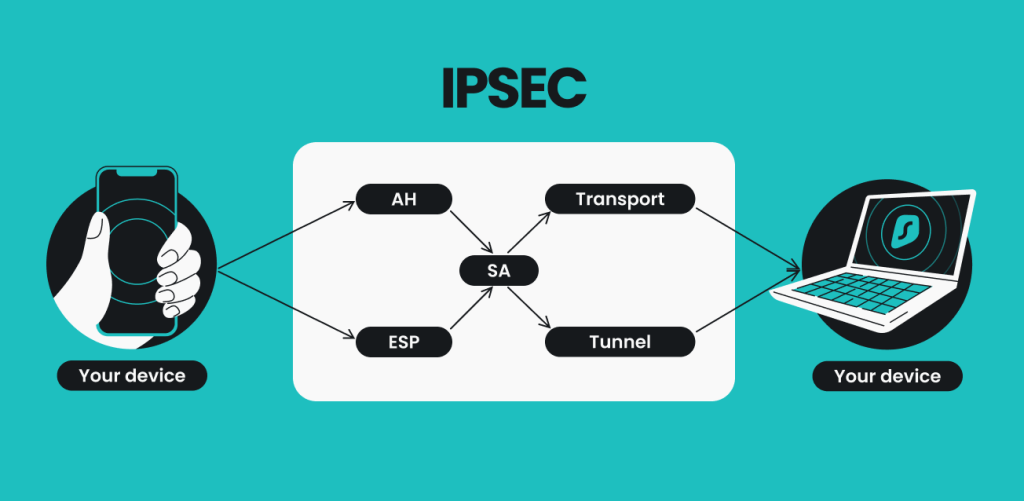Featured
Table of Contents
What You Need To Know About Internet Protocol Security ...
For a full technical explanation of IPsec works, we suggest the excellent breakdown on Network, Lessons. There are that determine how IPsec modifies IP packages: Web Key Exchange (IKE) develops the SA between the interacting hosts, working out the cryptographic keys and algorithms that will be utilized in the course of the session.
The host that gets the packet can use this hash to ensure that the payload hasn't been modified in transit. Encapsulating Security Payload (ESP) encrypts the payload. It also adds a sequence number to the packet header so that the receiving host can be sure it isn't getting replicate packages.
At any rate, both procedures are developed into IP implementations. The file encryption established by IKE and ESP does much of the work we anticipate out of an IPsec VPN. You'll see that we've been a little unclear about how the encryption works here; that's because IKE and IPsec permit a large range of file encryption suites and technologies to be used, which is why IPsec has managed to endure over more than twenty years of advances in this area.

There are two different methods which IPsec can operate, described as modes: Tunnel Mode and Transport Mode. The difference in between the two refer to how IPsec deals with package headers. In Transportation Mode, IPsec secures (or validates, if just AH is being utilized) only the payload of the package, however leaves the existing package header information basically as is.
What You Need To Know About Internet Protocol Security ...
When would you use the different modes? If a network packet has actually been sent out from or is destined for a host on a personal network, that package's header includes routing information about those networksand hackers can examine that information and use it for dubious purposes. Tunnel Mode, which secures that details, is usually utilized for connections in between the entrances that sit at the outer edges of private business networks.
Once it gets to the gateway, it's decrypted and removed from the encapsulating package, and sent out along its method to the target host on the internal network. The header data about the topography of the personal networks is hence never exposed while the packet traverses the general public web. Transportation mode, on the other hand, is generally used for workstation-to-gateway and direct host-to-host connections.
On the other hand, due to the fact that it uses TLS, an SSL VPN is protected at the transportation layer, not the network layer, so that might affect your view of just how much it enhances the security of your connection. Where for more information: Copyright 2021 IDG Communications, Inc.
In brief, an IPsec VPN (Virtual Private Network) is a VPN running on the IPsec procedure. In this short article, we'll describe what IPsec, IPsec tunneling, and IPsec VPNs are.
Ipsec Vpn: What It Is And How It Works
IPsec stands for Internet Protocol Security. In other words, IPsec is a group of protocols that set up a safe and secure and encrypted connection between gadgets over the public internet.
Each of those three separate groups takes care of different unique tasks. Security Authentication Header (AH) it makes sure that all the data comes from the very same origin and that hackers aren't trying to pass off their own bits of data as legitimate. Picture you get an envelope with a seal.

This is however one of 2 methods IPsec can run. Encapsulating Security Payload (ESP) it's an encryption procedure, implying that the information package is transformed into an unreadable mess.
On your end, the encryption happens on the VPN customer, while the VPN server looks after it on the other. Security Association (SA) is a set of specifications that are concurred upon in between 2 gadgets that develop an IPsec connection. The Web Secret Exchange (IKE) or the crucial management procedure is part of those requirements.
Ipsec Vpn In Details - Cyberbruharmy - Medium


IPsec Transportation Mode: this mode encrypts the data you're sending out but not the details on where it's going. While malicious actors could not read your obstructed interactions, they might tell when and where they were sent out. IPsec Tunnel Mode: tunneling develops a safe and secure, enclosed connection between 2 devices by utilizing the very same old web.
A VPN uses procedures to secure the connection, and there is more than one way to do so. Utilizing IPsec is among them. A VPN utilizing an IPsec protocol suite is called an IPsec VPN. Let's state you have an IPsec VPN customer running. How does it all work? You click Link; An IPsec connection starts utilizing ESP and Tunnel Mode; The SA develops the security criteria, like the sort of encryption that'll be utilized; Information is all set to be sent and gotten while encrypted.
MSS, or maximum section size, describes a worth of the optimum size a data package can be (which is 1460 bytes). MTU, the optimum transmission system, on the other hand, is the value of the maximum size any gadget connected to the internet can accept (which is 1500 bytes).
And if you're not a Surfshark user, why not turn into one? We have more than just IPsec to use you! Your privacy is your own with Surfshark More than simply a VPN (Internet Key Exchange variation 2) is a protocol utilized in the Security Association part of the IPsec procedure suite.
Ipsec (Internet Protocol Security) Vpn
Cybersecurity Ventures expects international cybercrime costs to grow by 15 percent per year over the next five years, reaching $10. 5 trillion USD annually by 2025, up from $3 trillion USD in 2015. And, cyber attacks are not restricted to the personal sector - federal government firms have actually suffered significant data breaches.

Some may have IT programs that are obsolete or in need of security spots. And still others simply may not have an adequately robust IT security program to resist increasingly sophisticated cyber attacks. Thinking about these elements, it is simple to see why third-party suppliers are a prime target for cybercrime.
As displayed in the illustration below, Go, Quiet secures the connection to business networks in an IPSec tunnel within the business firewall software. This permits a completely protected connection so that users can access business programs, missions, and resources and send, store and retrieve info behind the protected firewall without the possibility of the connection being intercepted or hijacked.
Web Procedure Security (IPSec) is a suite of procedures usually used by VPNs to create a secure connection over the web. The IPSec suite provides features such as tunneling and cryptography for security functions. This is why VPNs primarily utilize IPSec to create protected tunnels. IPSec VPN is also commonly understood as 'VPN over IPSec.' IPSec is usually executed on the IP layer of a network.
Latest Posts
9 Best Vpns For Home And Business In 2022
7 Best Vpn For Android Phone In 2022
10 Best Business Vpn Services [2023]: A Comprehensive ...